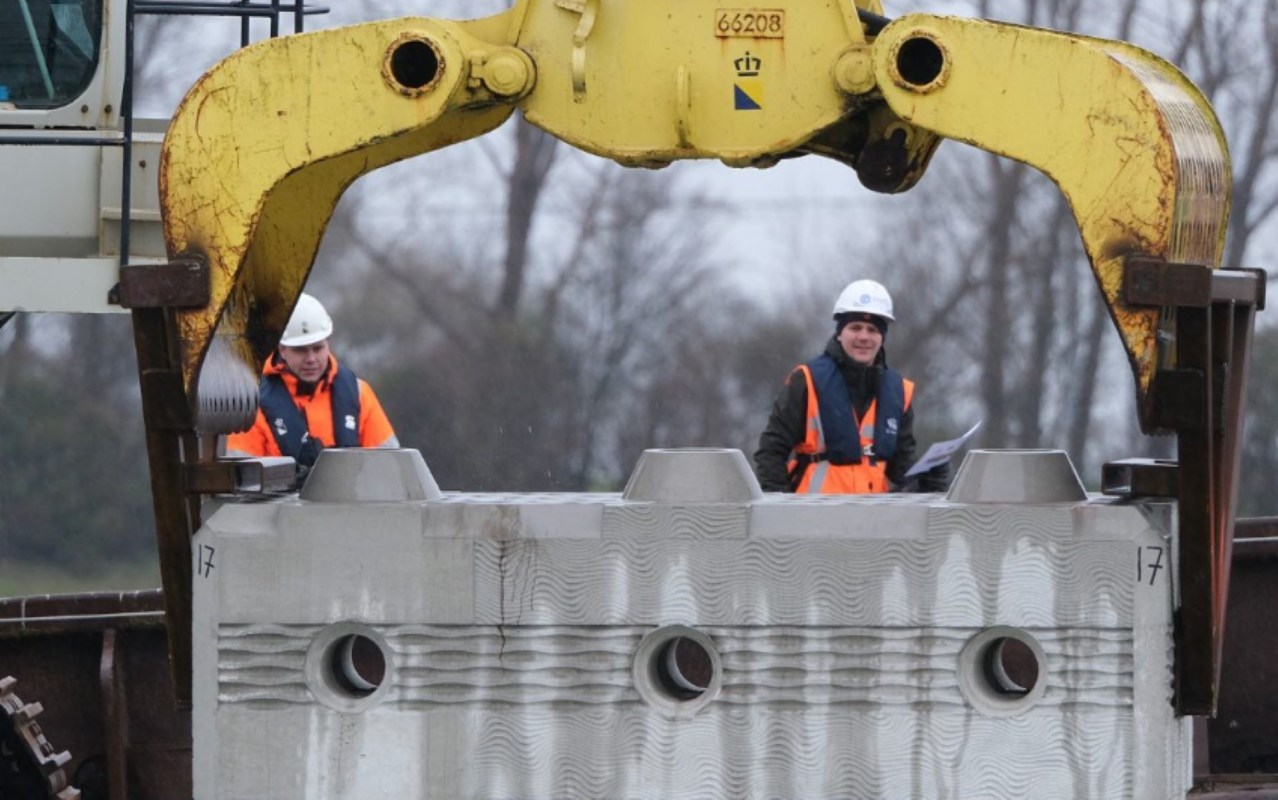People and sea life live side-by-side in coastal communities. In the past, this has led to problems for local wildlife, as pollution and overfishing have harmed marine environments.
At the same time, damage to reefs often leaves coastlines vulnerable to strong waves and erosion. Now, Fast Company reports that Dutch startup Reefy has introduced a product that can solve both problems: artificial reef blocks.
In areas where ocean wildlife is damaged by human activity, businesses and local governments sometimes install artificial reefs to provide shelter for marine life, like shellfish and reef fish. Many even use recycled trash to make the project more eco-friendly.
However, these structures are often too delicate to provide the coastline with much shelter and may fall apart, leaving behind trash.
For example, Osborne Reef in Florida was an artificial reef made of used tires that came apart and actually damaged nearby coral, according to Interesting Engineering. Even when tire reefs stay in place, they're not beneficial; coral won't grow on the toxic tires, and they fail to provide shelter for wildlife because of their shape, Endangered Species International reports.
Meanwhile, when harbors are battered by waves, communities install breakwaters to protect the coast. These walls reduce the force of waves and stop erosion, but they're not welcoming to local marine life, Fast Company reports.
But according to Fast Company, Reefy's artificial reefs are the perfect combination of both. The blocks — which look oddly like LEGOs — have a strong, heavy, interlocking shape that allows them to withstand powerful waves and ocean currents. At the same time, their textured surfaces are ideal for shellfish to anchor to, and the holes in each block provide shelter for other sea creatures while letting water flow through.
This way, they can protect coastlines and help restore wildlife populations. They're even made from so-called "low-carbon concrete," meaning they're produced without releasing as much heat-trapping gas into the atmosphere.
The blocks are currently being tested in Rotterdam, Netherlands, which has been trying for the last 10 years to restore the sea habitats in its waterways, Fast Company reports.
"The idea of having these blocks is to provide the foundation for nature to take over — to have a living layer that can grow with sea level rise and self-heal in order to attract these key species, which are, in a way, the architects of the underwater world," Reefy CEO and co-founder Jaime Ascencio told Fast Company.
To achieve that, the company is also working on 3D printing artificial reefs and developing nutrient-rich "reef paint" to attract oysters.
Besides its project in Rotterdam, Reefy is also planning projects in Mexico and a second Netherlands installation in the North Sea around offshore wind turbines.
"We can start the conditions for nature to start developing, and then nature will do the job after that," Ascencio told Fast Company.
Join our free newsletter for cool news and cool tips that make it easy to help yourself while helping the planet.









